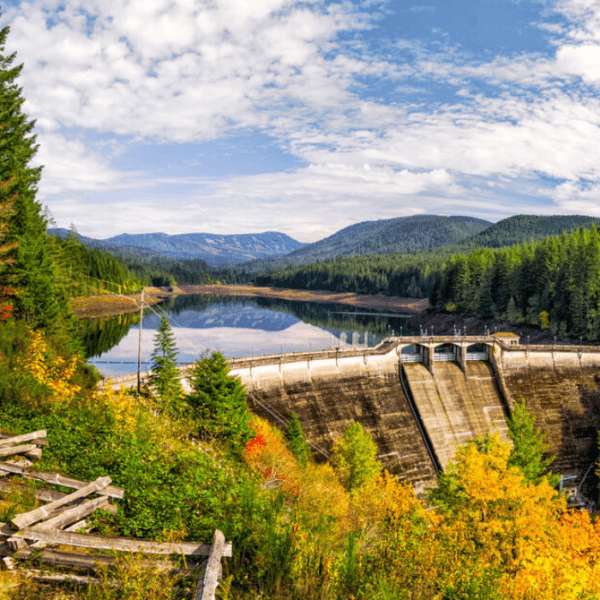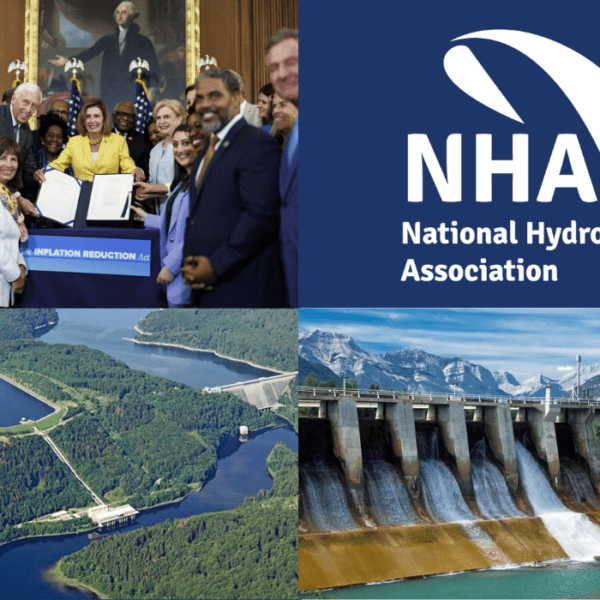Last month, the U.S. Fish and Wildlife Service and National Marine Fisheries Service (Services) published three rules in the Federal Register, revising regulations that implement the Endangered Species Act (ESA). The rules have the following outcomes:
- Modify interagency consultation requirements under Section 7 of the ESA
- Reform listing, delisting, and designating critical habitat procedures
- Reinstate the U.S. Fish and Wildlife Service’s “blanket rule” under Section 4(d) of the ESA
The rules went into effect on May 6, and one provision in particular pertaining to “implementing consultation” could have severe financial ramifications for owners. This rule created a new authority where the Services can unilaterally impose mitigation offsets in a no-jeopardy biological opinion.
This new authority means the Services can now require compensation for the unavoidable take of listed threatened and endangered species.

National Marine Fisheries Services, an office within the National Oceanic and Atmospheric Administration (headquarters in Washington D.C.)
BACKGROUND
On April 5, 2024, Services published three final rules in the Federal Register concerning the implementation of the ESA. Some of these changes will have only minor consequences to the hydropower industry (e.g., the blanket rule under Section 4(d), which extends the ESA’s take prohibition to all threatened species listed by U.S. Fish and Wildlife Service rather than having it extended case by case, as well as changes to the Section 7 consultation regulations, including removing language authorizing the Services to reinitiate consultation).
Other changes will have some impact that may be consequential but alone may not rise to the level of a significant concern (e.g., removing 50 C.F.R. § 402.17, which was added in 2019 and provided factors used to decide when an activity or a consequence is “reasonably certain to occur,” and expanding the Services’ ability to designate unoccupied habitat as “critical”). Finally, some reforms finalized in 2019 were left unchanged, such as changes to the “environmental baseline,” which create confusion on how existing structures are considered as part of the consultation process.
While many of the changes are not of significant concern, one change in particular warrants the hydropower industry’s attention because it will significantly expand the scope of the Services’ authority to unilaterally impose mitigation in a Section 7 biological opinion. This change will impact the Services’ ability to recommend protect, mitigate, and enhance (PM&E) measures.
REGULATORY IMPACT
The Final Rule implementing Section 7 consultation requirements has created a new authority, which would allow Services to unilaterally impose mitigation offsets, as opposed to just avoidance and minimization measures, in a no-jeopardy biological opinion.
While the Services have authority under existing law to propose mitigation when a proposed action is going to jeopardize listed species — and while licensees can always propose mitigation voluntarily to avoid a jeopardy determination as part of negotiations during the consultation — the new regulations allow the Services to unilaterally impose mitigation even when reaching a no-jeopardy determination. In other words, an action which has adverse impacts that do not rise to the level of jeopardy will nevertheless now be subject to the Services’ imposed mitigation to offset any take of listed species the Services believe will remain after avoidance and minimization measures are applied.
Mitigation can take the form of specific measures (enhancement or restoration) or can include mitigation bank fee or in-lieu requirements. The regulations provide no guidance or sideboards on how much the Services can require, how they will calculate such fees or other mitigation, or how they will determine whether the applicant (or licensee) can afford the mitigation; simply, they promise the mitigation will be “proportionate” to the impact.
For FERC-licensed projects, the Federal Power Act (FPA) gives the exclusive right to require PM&E measures, including on species impacted by a project. The Services have the authority to recommend such measures, but FERC can accept or deny them depending on the evidence provided. This new authority would give the Services the authority to require mitigation measures outside of that process. Such mitigation could occur at any time the consultation process is required.

Federal Energy Regulatory Commission’s headquarters in Washington D.C.
FINANCIAL IMPACT
To better understand how this provision could play out, a real-world example provides some insight. In 2022, National Marine Fisheries Service (NMFS) and the U.S. Army Corps of Engineers (Corps) created a programmatic biological opinion to address the backlog of routine, nearshore projects (e.g., dredging, debris removal, repair or replace existing structures, shoreline modification, etc.) in the Pacific Northwest’s Salish Sea. As part of this biological opinion, if offsets were needed, NMFS created the Puget Sound Nearshore Conservation Calculator (Calculator).
The Calculator analyzes the number of offset credits needed, which are currently valued at $1,411 per credit, to offset future impacts and to avoid future habitat loss. This includes extending the life of existing structures. When the Calculator was first finalized in 2022, the Northwest Seaport Alliance (a partnership between the ports of Seattle and Tacoma) found that it would increase permit requirements on a recently completed project by 18-30%.
To test this, NHA analyzed the cost impact on new and existing projects in the region.
First, a property owner in Pierce County, Washington, wanted to install a new 150-foot-long dock valued at $148,000. The Puget Sound Nearshore Conservation Calculator found that the property owner would have a net of 36 offsets needed. Therefore, the property owner would owe nearly $51,000 in credits.
The second example focuses on the replacement of structures at the end of their useful life. Skagit County planned to remove three existing, obsolete tide gates, trash racks, ‑creosote treated piles, and associated culverts, replacing them with a concrete split box culvert in one location, which would have a 50-year lifespan at a cost of $1.2 million. The investment would not increase the footprint of the project.
After a two-year consultation process, NMFS recently found that the project owner would have to generate 275 credits using the Calculator. Should the project owner decide to pay the offsets into a conservation bank (instead of habitat restoration or enhancement, for example), then they’d be required to pay approximately $388,000 in offsets.
One could only imagine how the Calculator would be used for 50-year FERC-licensed hydropower projects, regardless of the avoidance and minimization measures already proposed or implemented to limit the take of species. As stated above, the Services can now require mitigation outside of the licensing proceeding as opposed to recommendations. Moreover, for mid-license projects which require a license amendment from FERC or another federal approval (e.g., a permit from the Corps for in-water work), the Services could use those triggers for ESA consultation to impose mitigation for unavoidable take of listed species at the project.

The Salish Sea, located in Washington State.
NEXT STEPS
These rules will impact entities who are going through the consultation process as of May 6 and later. Therefore, if your company is looking to receive a biological opinion from the Services – whether for relicensing, a license amendment, or a related federal approval — NHA highly recommends you work with internal and external practitioners to ensure that you best understand how these final rules could impact your project.
NHA is considering next steps with regards to these final rules. NHA believes the mitigation provision could be vulnerable to a legal challenge because, among other things, Section 7 of the ESA provides that the Services may impose “minimization” measures, not mitigation. This new authority also intrudes on FERC’s exclusive authority in imposing PM&E’s. NHA is considering whether to mount a facial challenge to the rule.












